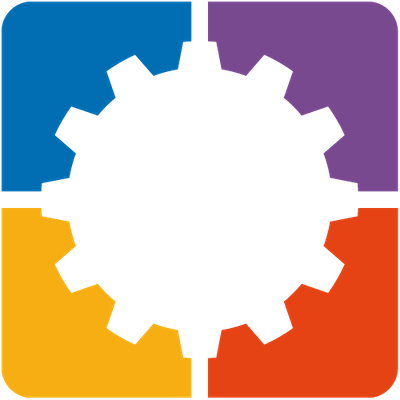How to Avoid These 7 Mistakes When Introducing Devices Into the Classroom
 Niels Vanspauwen & Lucie Renard —
Niels Vanspauwen & Lucie Renard —
Introducing devices into the classroom is a significant undertaking that requires a mental shift across the school. Most teachers have not been trained in using devices in their teaching and need time and support to adapt their teaching methods.
I won’t pretend this post will tell you everything you need to know to make laptops and tablets successful in your school, but here’s a list of 7 mistakes to avoid when introducing a device.

1. Attempt to implement too many initiatives simultaneously (e.g. devices, differentiated instruction, no grades, etc.)
Try this instead: Develop a multi-stage, multi-year plan to broaden and deepen the use of devices
- Start with basic usage of standard tablet or laptop apps
- Expand to general third-party apps like the LMS you're using, BookWidgets, ...
- Develop a 1-page graphic showing how all of these are stepping stones toward the same goal

2. Mandate that every teacher must use it for ALL of their teaching immediately (without sufficient training, ongoing support, or structured planning time)
Try this instead: Think big, but start small
- Work with volunteers at first.
- Ask all teachers to create at least ONE lesson involving the device.
- Encourage teachers to work with a colleague or team and begin with a familiar unit topic.
- Provide additional designated planning and peer review time.
- Consider working with a local or online consultant for support.

3. Assume that staff members understand the need for a device and/or will naturally welcome it
- Don’t assume staff will automatically understand or embrace the need for devices.
- Avoid rushing to prescribe devices without first fostering an understanding of the change.
- Start by establishing the need for change with a precise diagnosis.
- Present devices as a solution after staff recognize the problem or opportunity.
- Help staff see devices as a logical response to the need.
- Ensure staff feel a sense of ownership in the process.

4. Provide only one introductory presentation on devices in the classroom and assume that teachers can implement it well
Try this instead: Based on your multi-stage, multi-year plan, assemble a professional development trajectory that gives staff what they need when they need it:
- Organize staff meetings and walkthroughs devoted to device-learning and trying out
- Encourage knowledge and best practice sharing among staff members
- Work with a PD professional to deliver piecemeal, short & focussed trainings and periodic onsite “office hours” support

5. Provide device training for teachers but not for administrators
Try this instead: give leaders and supervisors the same training as teachers.
- Establish parallel training tracks for Principals and assistants. Principals in which they work on how to look for elements of the device in action. (They do not need training in how to craft lessons, only how to offer feedback)
- Develop peer review systems so that teachers and administrators work together informally and formally, giving feedback to each other
- Develop supervisory teams to develop an approach to interactive curriculum writing.

6. Provide minimal device training for some willing teachers in a Train-the-Trainers program, then expect immediate and effective turn-key training of all other staff by those few pioneers
Try this instead:
- Establish a process for carefully soliciting, interviewing, testing, and hiring would-be trainers.
- Develop a year-long, staged training program
- Support trainers with online and in-person troubleshooting

7. Standardize all implementation and experimentation.
Don’t permit options/alternatives/different approaches to learning, trying, and using the laptop or tablet. Don’t play to any particular interests, talents, and staff readiness. Try this instead: differentiate based on skill and interest level of staff members
- Build in choices of role (trainers/creators/piloters/observers)
- Try out more straightforward as well as more advanced teaching methods based on readiness
- Build a schedule that permits others to join in with R & D later on a rolling timeline
Wrap up
We hope this post gave you a good idea of mistakes you can make and what to do instead when implementing devices in your school.
Follow BookWidgets on BlueSky and LinkedIn for more lesson ideas, updates, and inspiration from educators around the world. And don’t forget to join our Teaching with BookWidgets Facebook group to share your experiences, ask questions, and connect with fellow teachers.
Let’s keep the conversation going—and help students become informed, curious, and responsible users of AI. AI in education is here to stay!


